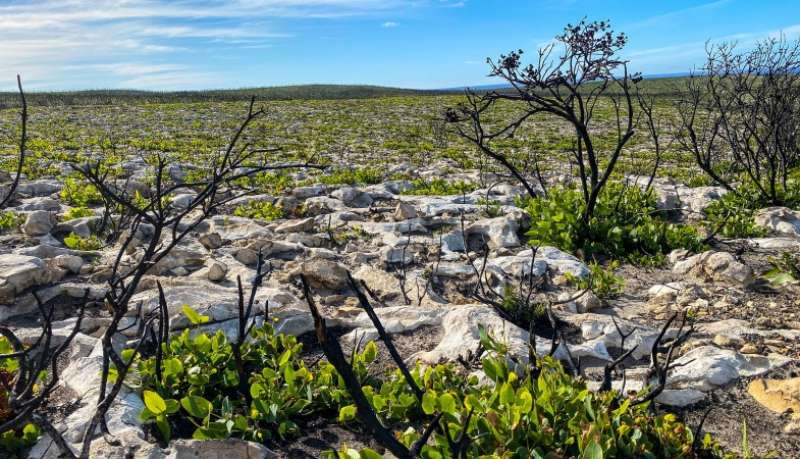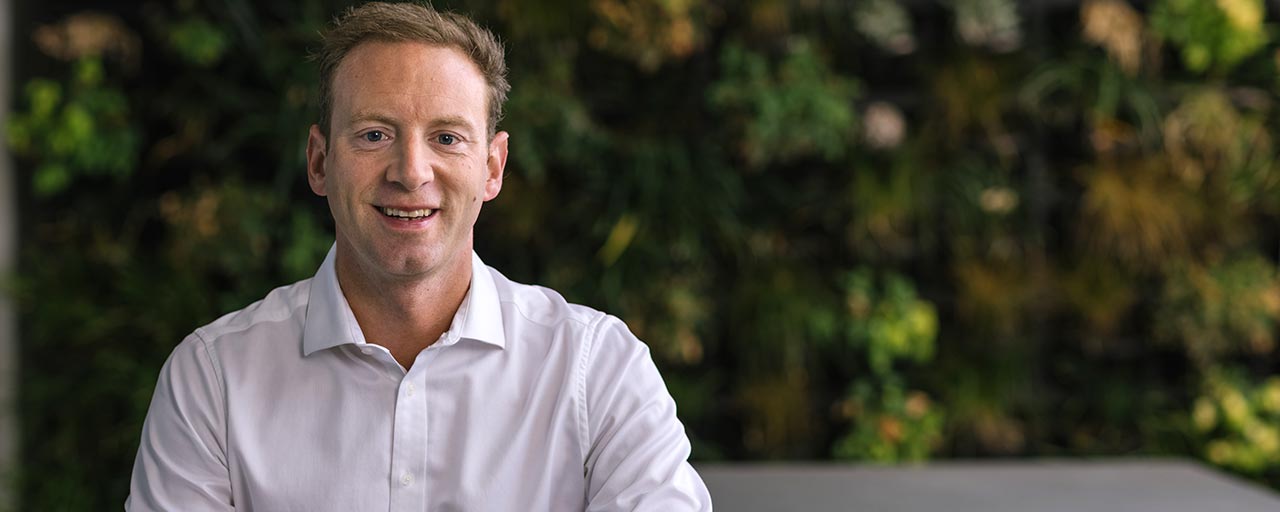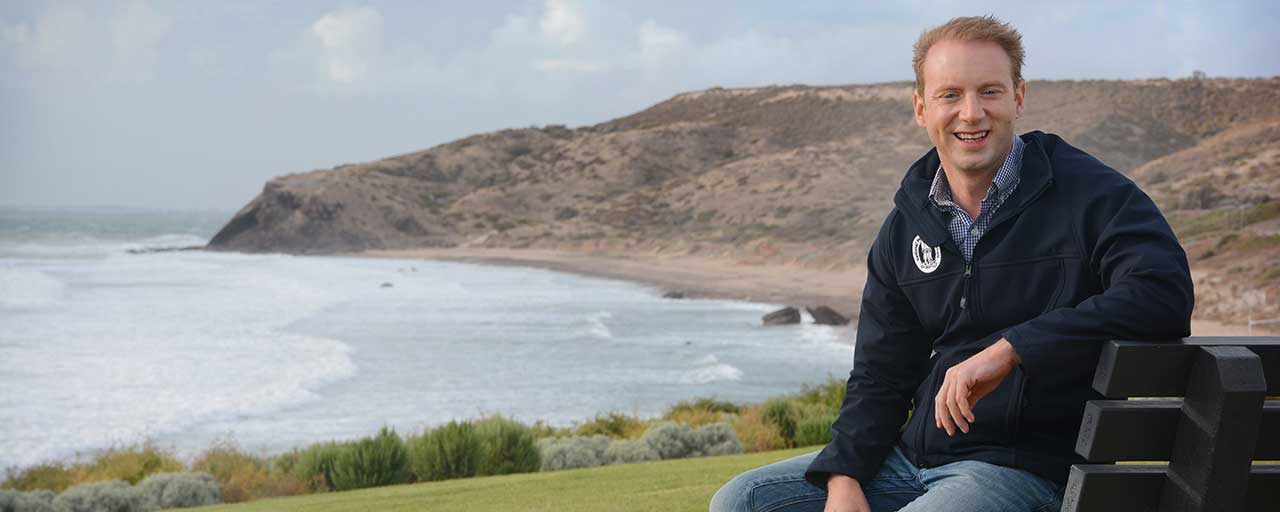Giving nature a helping hand after bushfires

MEDIA RELEASE
South Australia will be better prepared to support the preservation and re-establishment of the natural environment during and following bushfires with a new framework released today by the Wildlife and Habitat Bushfire Recovery Taskforce.
The South Australian Wildlife and Habitat Bushfire Recovery Framework provides a blueprint for future fire recovery responses, using lessons learned from the devastating 2019–20 bushfires and from existing fire management expertise.
The framework includes phased actions which will support the recovery of the plants, animals and natural environment affected by future large bushfires and include both immediate and longer-term actions such as:
- identifying wildlife and habitat at risk and conduct rapid assessments of species survival
- conducting emergency wildlife rescue
- implementing feral predator control within burnt and adjacent areas to protect surviving wildlife
- controlling sediment and erosion to protect water and soil resources
- rehabilitating fire control lines
- engaging the community to inform, involve and collaborate with them in the recovery activities.
Minister for Environment and Water David Speirs said the Wildlife and Habitat Bushfire Recovery Taskforce are playing an important role helping South Australia’s natural environment bounce back following last summer’s bushfires.
“The Taskforce was established by the Marshall Liberal Government in the immediate aftermath of the devastating bushfires and they’ve worked diligently to develop a detailed framework,” Minister Speirs said.
“Through practical action that brings together a wide range of people, organisations and expertise, this plan sets the pathway for bushfire and future recovery leading to increased social and economic resilience.”
Taskforce chair, Dr Felicity-ann Lewis said South Australians have been deeply affected by the impacts of wildlife and habitat destruction during the fires and want to see leadership and a coordinated approach by government and non-government organisations working together.
“The aftermath of a major natural disaster such as the bushfires that ravaged Kangaroo Island and Cudlee Creek last summer is an exceedingly challenging time for those directly affected as well as for decision makers and the community at large,” Dr Lewis said.
“This bushfire recovery framework creates a foundation for constructive engagement and collaboration between the many partners and people involved in the recovery process.”
Dr Lewis said that last summer’s fires were absolutely devastating and the new framework puts South Australia in a nation-leading, proactive position in readiness for future bushfires.
“Nature is essential to the wellbeing and lifestyle of South Australians and a key part of our economic prosperity,” Dr Lewis said.
The framework has been prepared by the SA Wildlife and Habitat Bushfire Recovery Taskforce and the Department for Environment and Water, with input from the relevant local government areas, Recovery Coordinators, regional landscape boards and other community stakeholders.
To read the full the South Australian Wildlife and Habitat Bushfire Recovery Framework visit: https://www.environment.sa.gov.au/topics/plants-and-animals/taskforce



